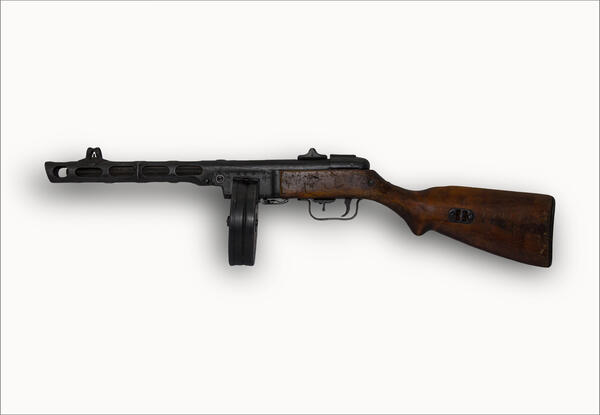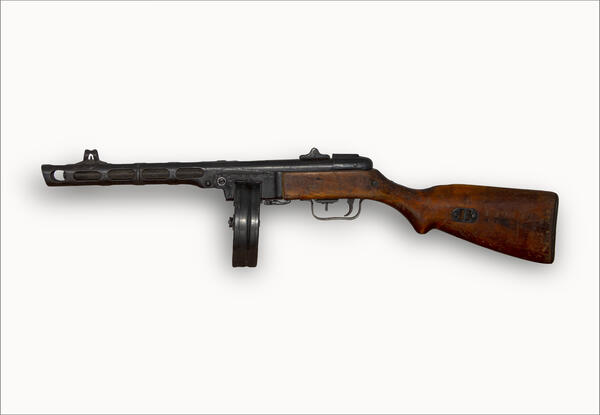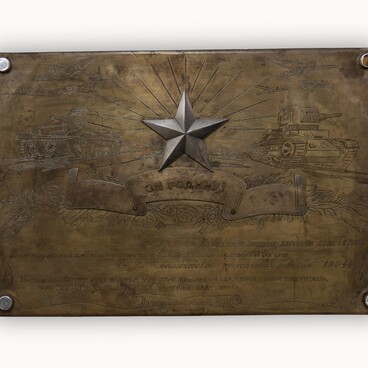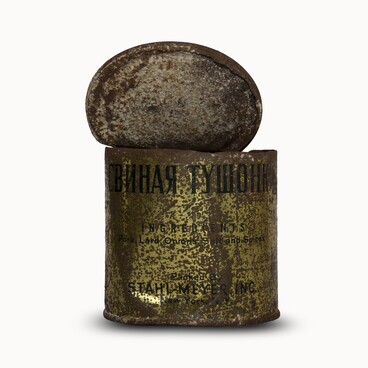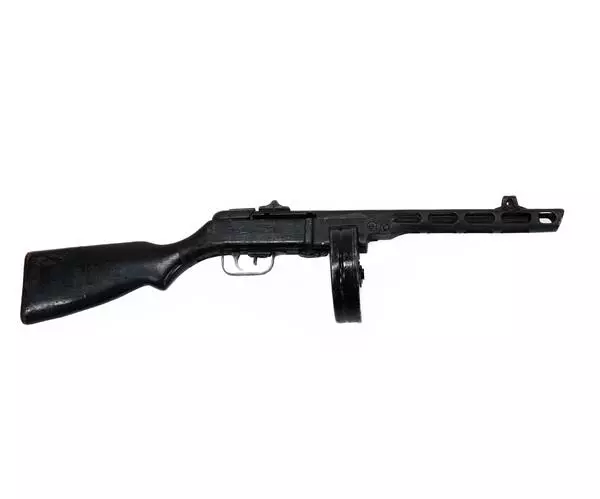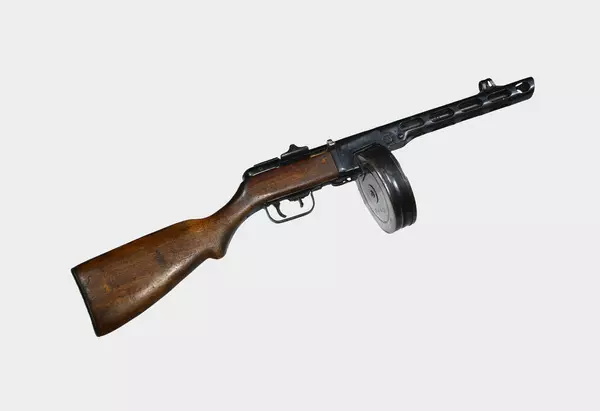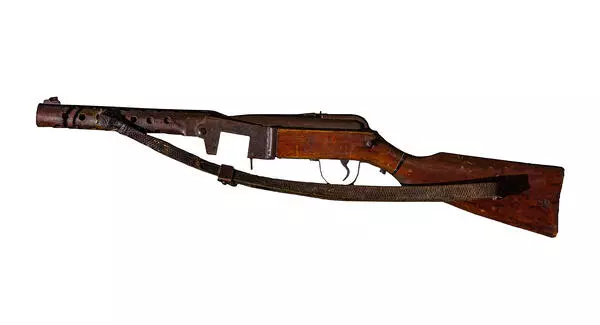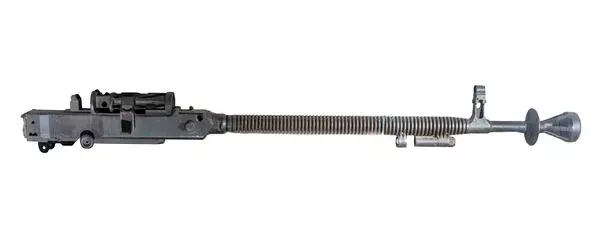Before the Great Patriotic War, the Red Army engaged in active reequipment and introduced new types of weapons, including a submachine gun. It was developed in 1940 by the Soviet designer Georgy Semyonovich Shpagin as a response to the Finnish Suomi submachine gun, which was actively used by Finland during the Winter War.
The submachine gun used the 7.62×25 mm Tula Tokarev (TT) universal cartridge. The trigger mechanism allowed to adjust the gun to fire in a semi-automatic or automatic mode. The designer placed the safety catch on the bolt handle.
With a relatively closely grouped fire, the submachine gun offered a rate of fire of 15 rounds per second, which made it possible to deliver a fairly dense fire. This was of great importance during both defense and offense when dense fire prevented enemy soldiers from retaliating.
The gun featured a muzzle brake. Due to the reactive forces of propellant gases during firing, it significantly reduced the recoil and counteracted muzzle rise. Initially, the PPSh was equipped with a drum magazine, but in 1942 it was replaced with a box magazine that was much lighter and more convenient. However, magazines of both types were widely used until the end of World War II.
Due to the simplicity of the design, and the abandonment of alloy steels and sophisticated manufacturing tools, the Shpagin submachine gun was produced at numerous factories across the country, including non-specialized ones that had no special equipment, measuring tools, or enough skilled employees.
As a result, mass production of the PPSh was deployed in a very short time. In Tyumen, such submachine guns were produced at the Gall’s Chains Plant, which had been evacuated from Kyiv, as well as in the workshops of the locomotive round house. After the war, the plant was converted to peace-time production and repurposed to manufacture instruments, mainly half-ton platform scales.
The submachine gun used the 7.62×25 mm Tula Tokarev (TT) universal cartridge. The trigger mechanism allowed to adjust the gun to fire in a semi-automatic or automatic mode. The designer placed the safety catch on the bolt handle.
With a relatively closely grouped fire, the submachine gun offered a rate of fire of 15 rounds per second, which made it possible to deliver a fairly dense fire. This was of great importance during both defense and offense when dense fire prevented enemy soldiers from retaliating.
The gun featured a muzzle brake. Due to the reactive forces of propellant gases during firing, it significantly reduced the recoil and counteracted muzzle rise. Initially, the PPSh was equipped with a drum magazine, but in 1942 it was replaced with a box magazine that was much lighter and more convenient. However, magazines of both types were widely used until the end of World War II.
Due to the simplicity of the design, and the abandonment of alloy steels and sophisticated manufacturing tools, the Shpagin submachine gun was produced at numerous factories across the country, including non-specialized ones that had no special equipment, measuring tools, or enough skilled employees.
As a result, mass production of the PPSh was deployed in a very short time. In Tyumen, such submachine guns were produced at the Gall’s Chains Plant, which had been evacuated from Kyiv, as well as in the workshops of the locomotive round house. After the war, the plant was converted to peace-time production and repurposed to manufacture instruments, mainly half-ton platform scales.


